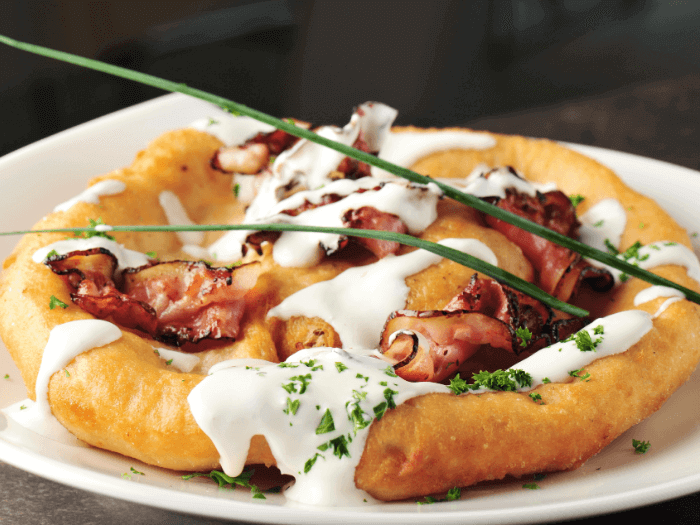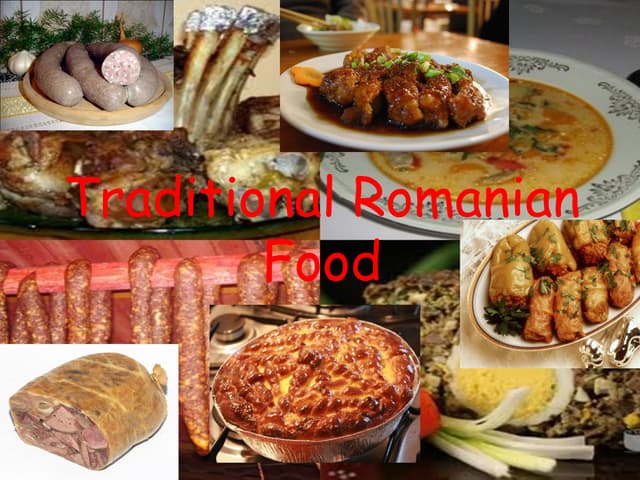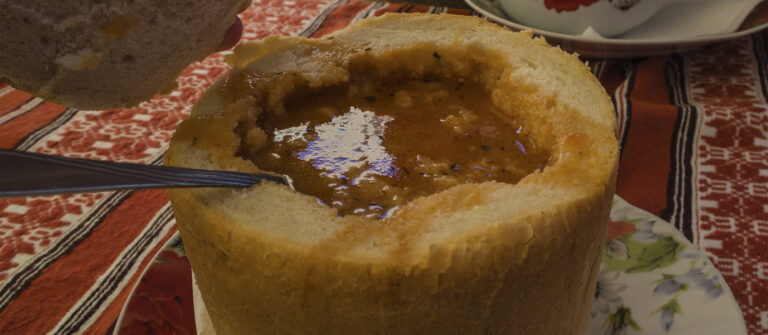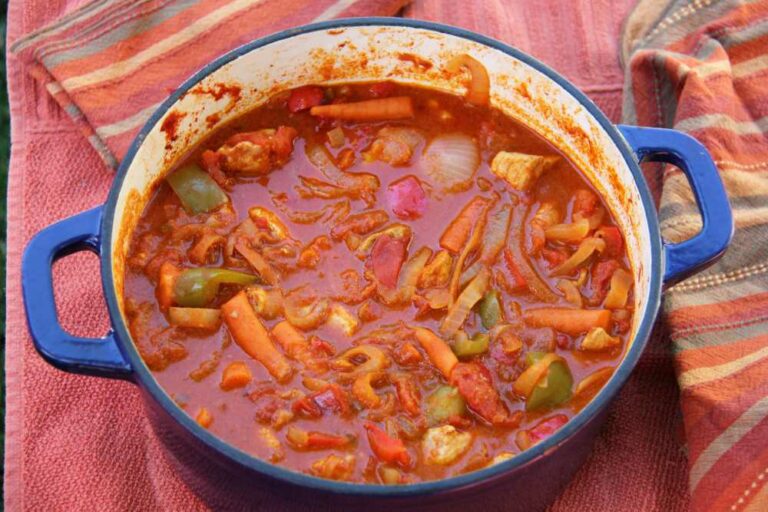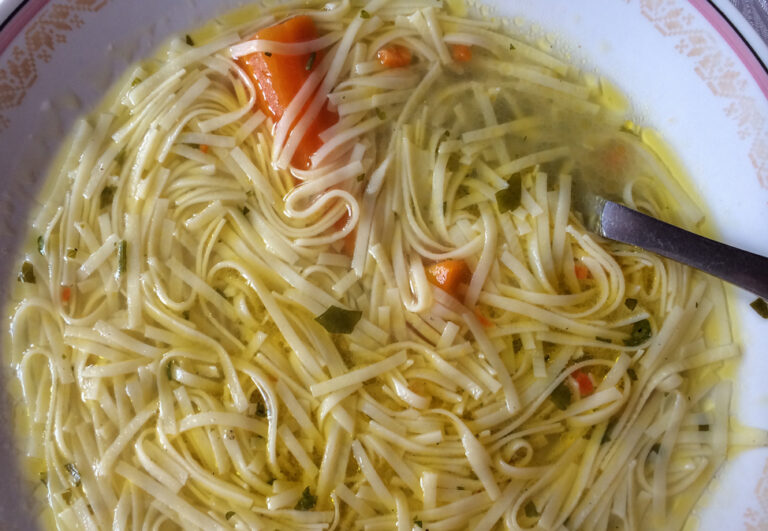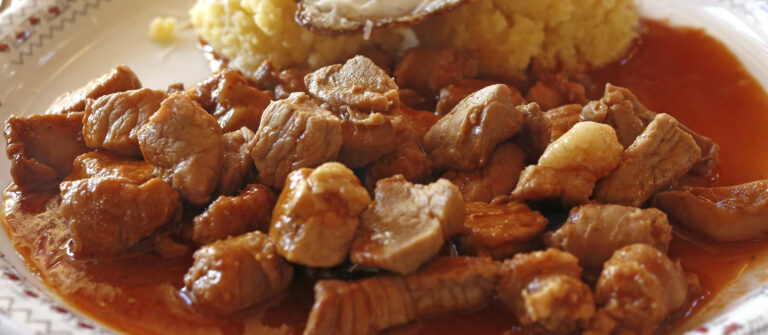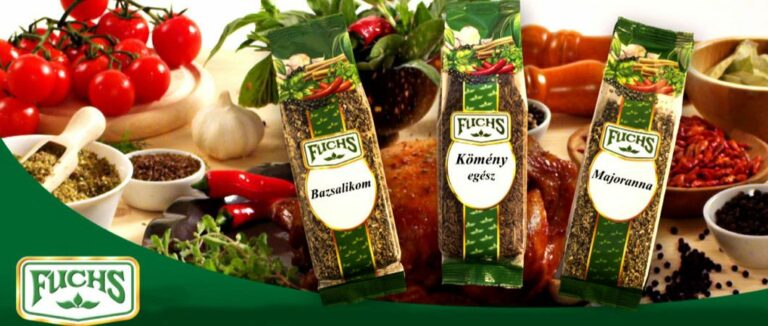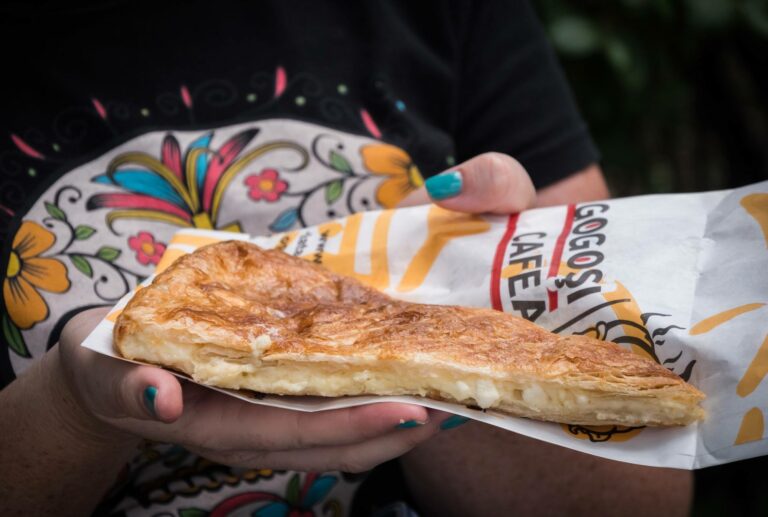Introduction: Hungarian Cuisine’s Cultural Diversity
Hungarian cuisine is known for its rich and diverse flavors that reflect the country’s cultural and historical influences. As a landlocked country surrounded by various neighbors, including Romania, Hungary’s cuisine has been shaped by a mix of influences, including Turkish, Austrian, and Slavic. However, the question remains: can we find any Romanian influences in Hungarian cuisine?
Historical Background: Romania and Hungary’s Relations
Historically, Romania and Hungary have shared a complicated relationship due to territorial disputes and political tensions. Despite this, the two countries’ proximity has facilitated cultural exchange, including culinary practices. Romania’s cuisine is known for its hearty dishes, including stews, soups, and meat dishes. Hungarian cuisine, on the other hand, typically involves using paprika and sour cream in dishes and is known for its goulash.
Romanian Influences on Hungarian Cuisine
Romania’s impact on Hungarian cuisine can be seen in various dishes such as “Tokany,” a meat stew made with paprika, onions, and sour cream that has Romanian origins. Another dish, “Korhely Leves” or “Drunkard’s Soup,” is a popular Hungarian dish made with sauerkraut and smoked meats, which is similar to Romania’s “Ciorba de Varza.” These dishes showcase the exchange and influence of culinary techniques and flavors between the two countries.
Traditional Romanian Dishes in Hungary
Traditional Romanian dishes such as “Sarmale” or stuffed cabbage rolls and “Mici,” a type of minced meat sausage, have also made their way into Hungarian cuisine. These dishes are commonly found in Hungarian restaurants and are enjoyed by locals and tourists alike. They are a testament to the cultural exchange and shared culinary traditions between the two countries.
Similarities and Differences between Romanian and Hungarian Cuisine
Despite the shared influences, there are notable differences between Romanian and Hungarian cuisine. Romanian cuisine tends to be heavier on the use of pork, while Hungarian cuisine uses more beef. Moreover, while both cuisines make use of paprika, Hungarian cuisine is known for its extensive use of the spice. Romanian cuisine, on the other hand, typically uses a blend of spices that are milder in taste.
Conclusion: The Impact of Cultural Exchange on Hungarian Cuisine
The shared history and proximity between Romania and Hungary have led to numerous cultural exchanges, including culinary practices. Romanian influences can be seen in Hungarian cuisine, from stews and soups to meat dishes and sausages. The inclusion of traditional Romanian dishes in Hungarian cuisine is a testament to the impact of cultural exchange on culinary traditions. It showcases how cultural exchange can enrich and diversify a country’s cuisine, making it a unique and flavorful experience for locals and visitors alike.

